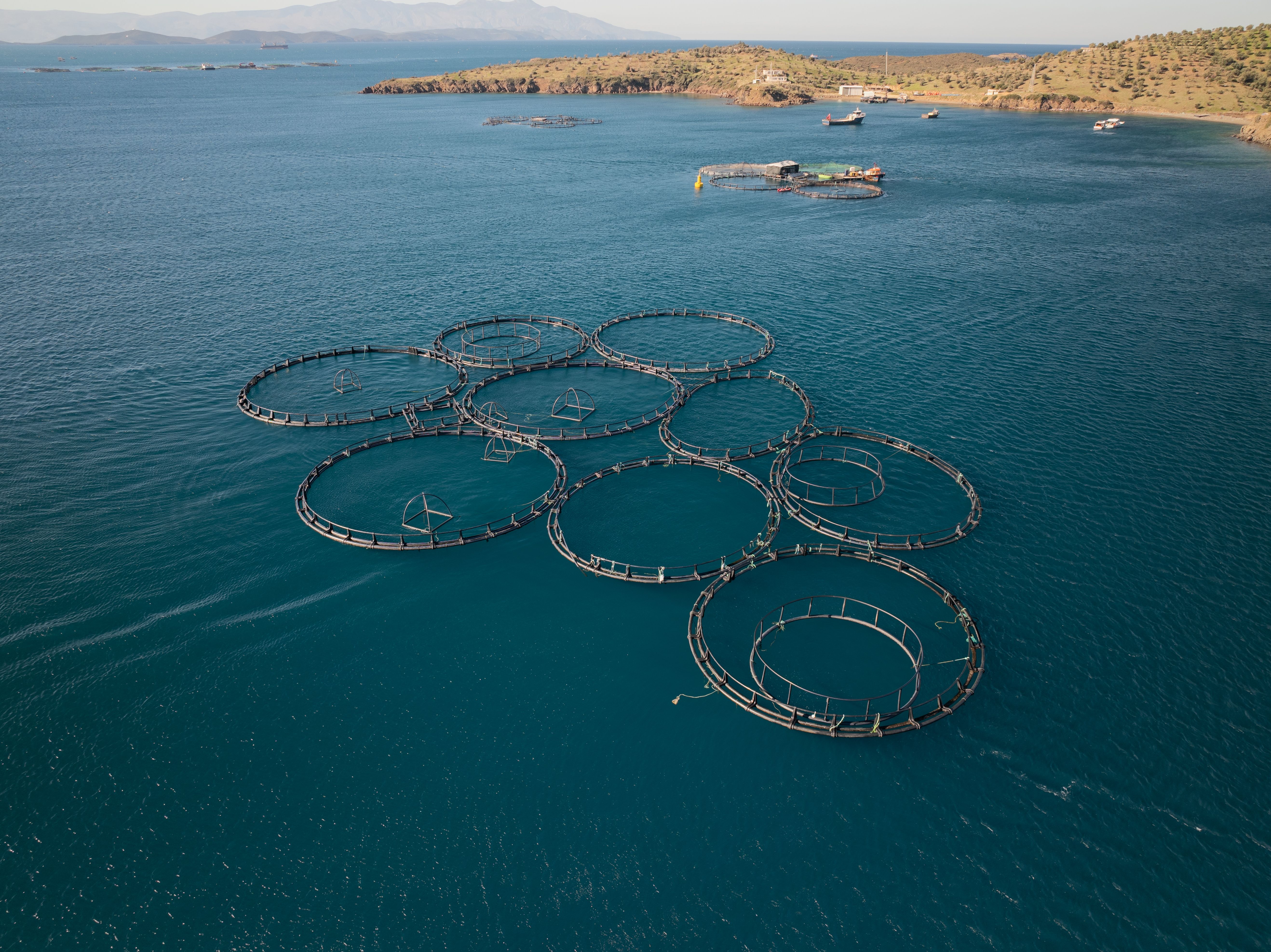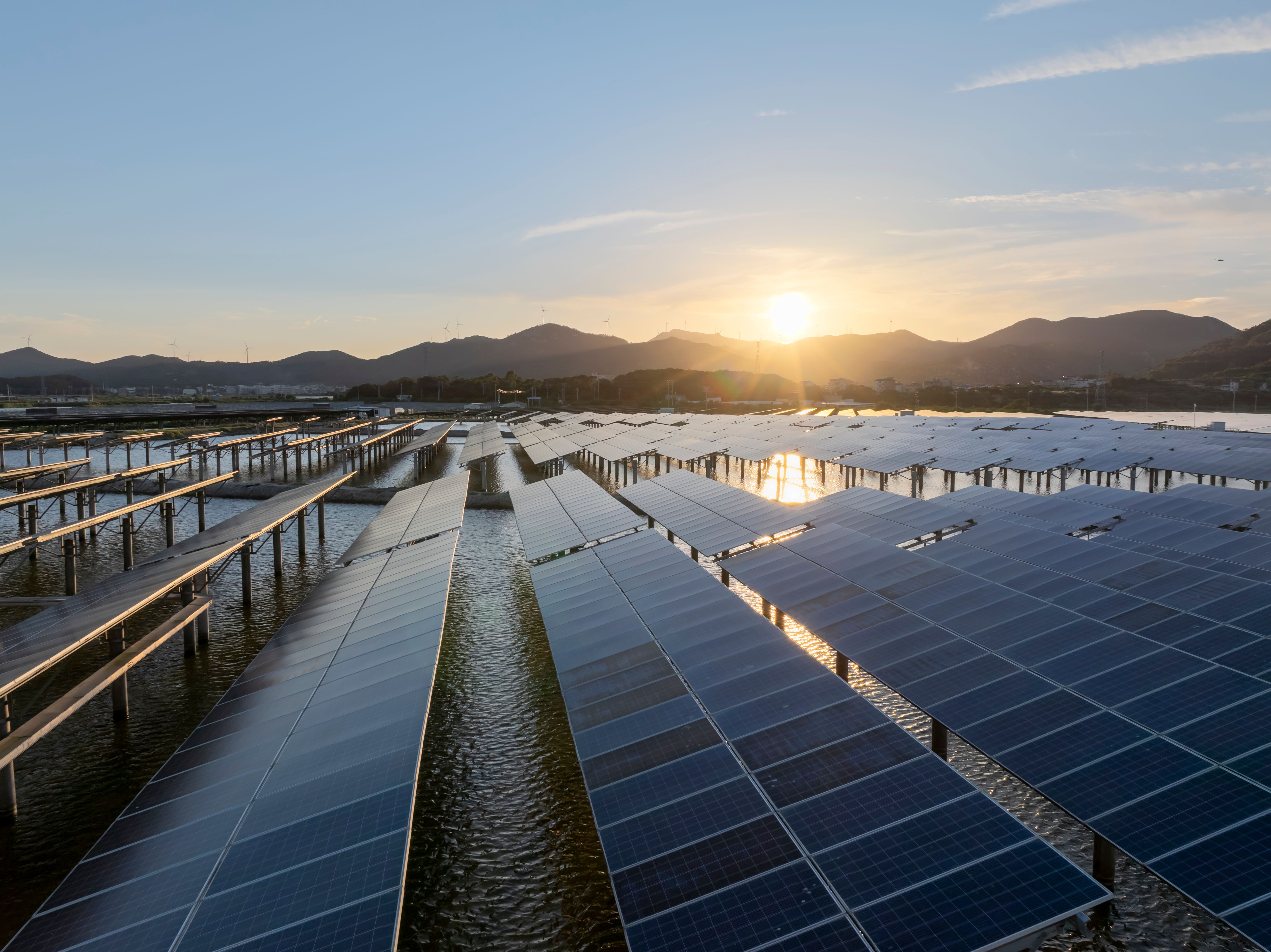Exploring the Economics of Aquaculture and Seafood Production
Introduction to Aquaculture Economics
The global demand for seafood is rising, driven by a growing population and increasing consumer consciousness about healthy eating. To meet this demand, aquaculture, or the farming of aquatic organisms, has become an essential part of the seafood production industry. Understanding the economics behind aquaculture involves examining production costs, market trends, and sustainability measures.

Understanding Production Costs
Aquaculture involves numerous costs that can impact the overall economic viability of operations. These include feed, labor, equipment, and land or water space. Feed is often the most substantial expense, typically accounting for 50% to 70% of production costs. Innovations in feed efficiency and alternative ingredients are crucial areas for cost reduction.
Labor costs vary significantly depending on the region and scale of the operation. Automation and technology are increasingly being utilized to streamline processes and reduce reliance on manual labor. Additionally, investment in advanced equipment can initially be high, but it promises long-term savings through improved efficiency and reduced waste.
Market Trends and Consumer Preferences
The aquaculture market is influenced by consumer preferences, which are shifting towards sustainable and responsibly sourced seafood. This trend is shaping production practices and driving a demand for certifications that ensure environmental and ethical standards. Traceability from farm to table is becoming an important selling point for consumers.

Furthermore, emerging markets are playing an increasingly important role in global seafood consumption. As middle classes expand in countries like China and India, the demand for seafood products is expected to surge. Producers must adapt to these market dynamics by diversifying product offerings and expanding distribution networks.
Sustainability in Aquaculture
Sustainability is at the forefront of aquaculture economics. As natural fish stocks decline, aquaculture offers a more controlled and potentially less harmful way to meet seafood demand. However, it is not without environmental challenges such as water pollution, habitat destruction, and resource depletion.
Efforts to enhance sustainability include developing recirculating aquaculture systems (RAS) that minimize water usage and waste discharge. Additionally, the integration of seaweed and shellfish farming can help improve ecosystem health by filtering water and providing habitat for marine life.

The Role of Technology and Innovation
Technological advancements are transforming aquaculture into a more efficient and sustainable industry. Innovations such as precision farming techniques, genetic improvements, and real-time monitoring systems are being implemented to optimize production. Artificial intelligence and machine learning are also being used to predict growth patterns and optimize feed usage.
Moreover, blockchain technology is being explored to enhance transparency and traceability in supply chains. This not only assures consumers of product authenticity but also helps producers in managing inventory and reducing waste.
Conclusion: The Future of Seafood Production
The economics of aquaculture and seafood production are evolving rapidly as the industry adapts to changing market demands and environmental concerns. By focusing on sustainability, embracing technological innovations, and understanding market dynamics, the aquaculture industry can continue to grow while meeting global seafood needs responsibly.
As stakeholders navigate this complex landscape, collaboration across sectors will be vital. Governments, producers, researchers, and consumers must work together to create a balanced approach that supports economic growth while preserving marine ecosystems for future generations.
